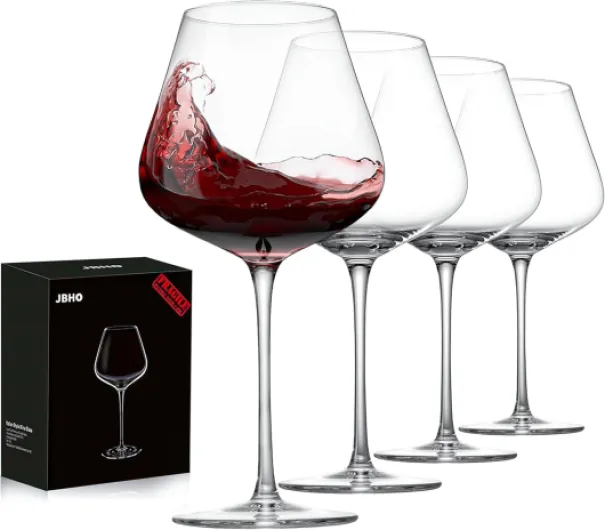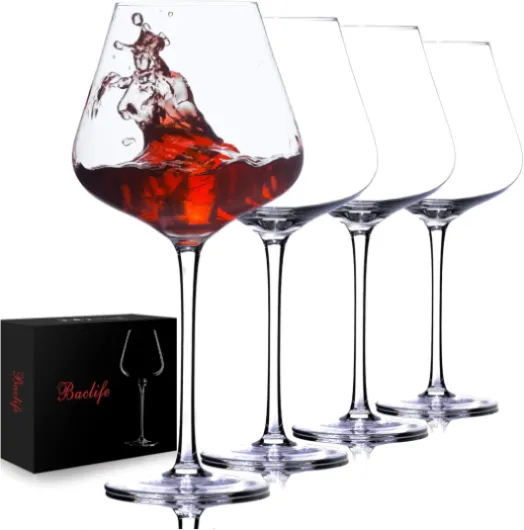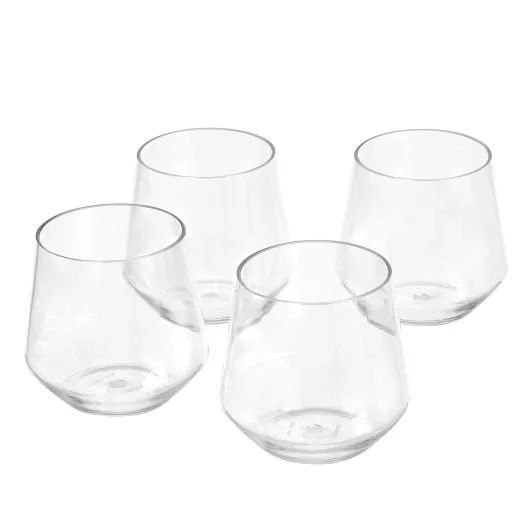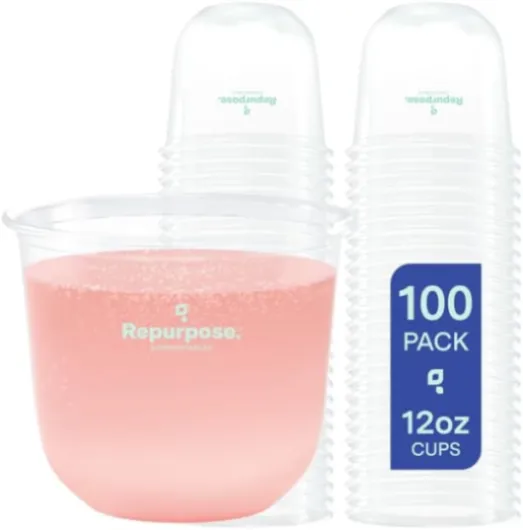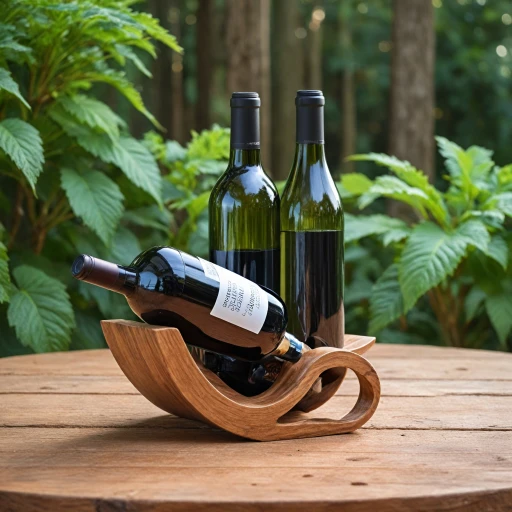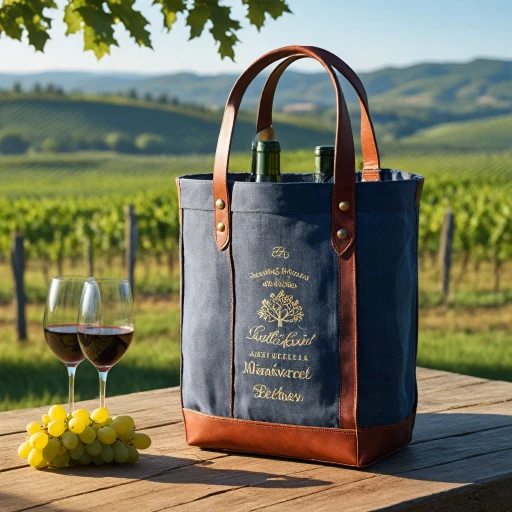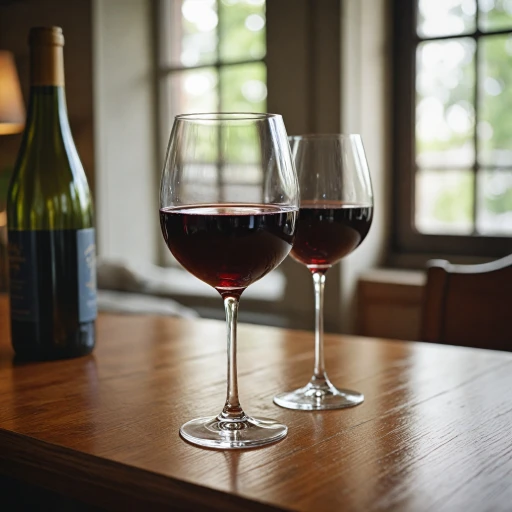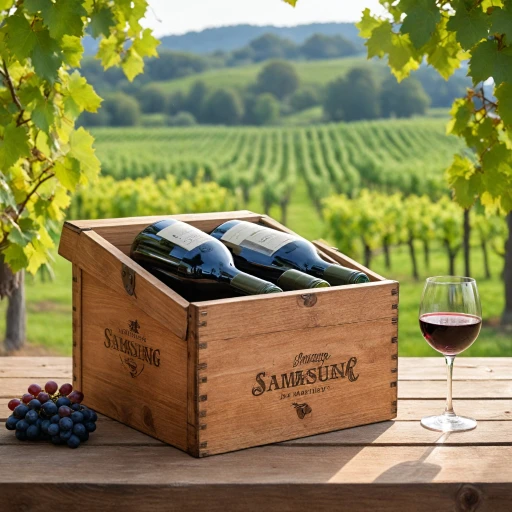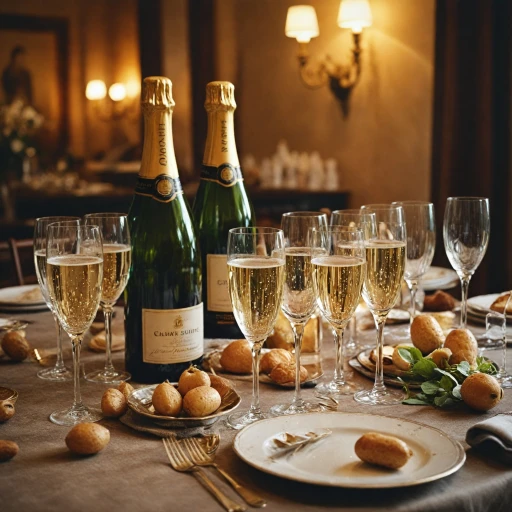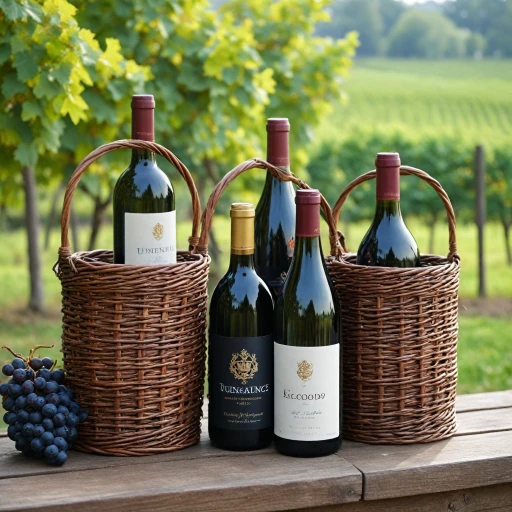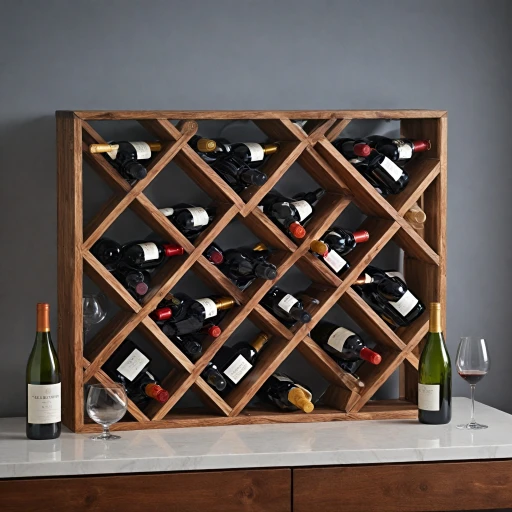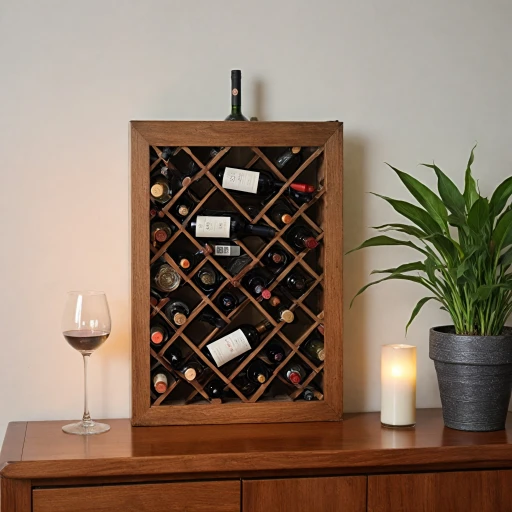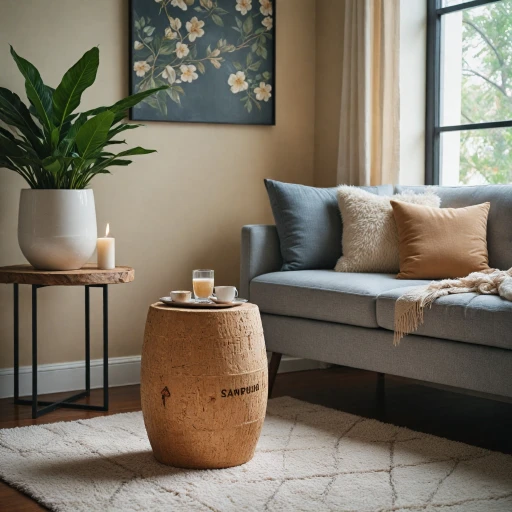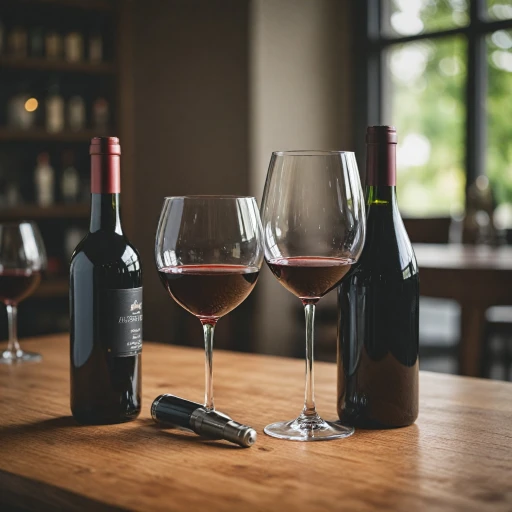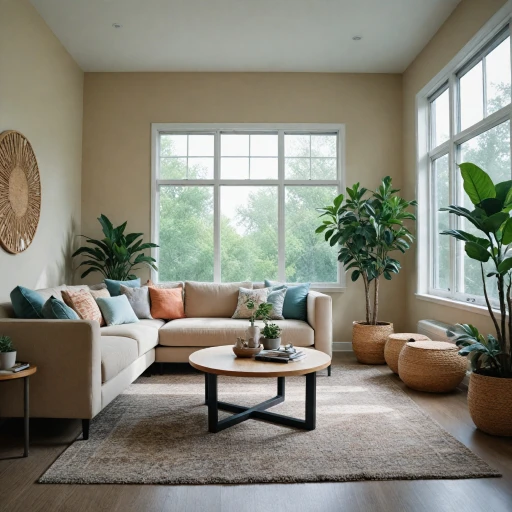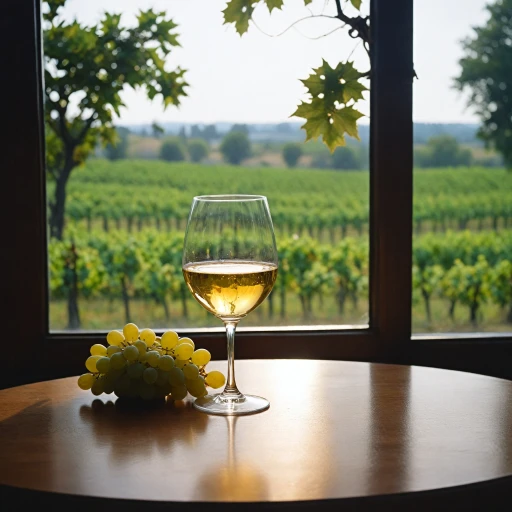
The Importance of Wine Glass Sizes
The Role of Glass Size in Wine Enjoyment
When it comes to savoring wine, the size of your glass can significantly influence your tasting experience. The dimensions of wine glasses are not just about aesthetics; they play a crucial role in enhancing the flavors and aromas of different types of wine. Whether you're enjoying a robust red wine or a delicate white wine, the glass size can impact how the wine interacts with the air, which in turn affects its bouquet and taste.
Understanding the variety of wine glass sizes is essential for any wine enthusiast. A larger bowl allows more air to interact with the wine, which is particularly beneficial for red wines like pinot noir. This interaction can help to soften the tannins and release the wine's full aromatic profile. On the other hand, white wines often benefit from a smaller bowl, which helps to maintain their cooler temperature and delicate aromas.
For those interested in exploring the world of wine accessories, understanding the impact of glass size on wine storage and presentation can be enlightening. You might find it useful to explore the world of wine caddies to complement your glassware collection. These tools not only enhance the aesthetic appeal of your wine presentation but also ensure that your wine is served at the optimal temperature and condition.
In the following sections, we will delve deeper into standard wine glass sizes, specialty glasses, and how to choose the right glass for your wine. We'll also explore how the size of your glass can impact wine storage and offer tips on caring for your glassware to ensure a long-lasting and enjoyable wine experience.
Standard Wine Glass Sizes
Standard Dimensions and Their Role in Wine Enjoyment
When selecting wine glasses, understanding standard sizes can improve your wine drinking experience. Different types of wines require specific glass shapes and sizes to enhance their aromas and flavors effectively. For red wines, the larger bowl of around 12 to 14 ounces allows oxidation, which softens tannins and reveals nuanced flavors. Typical types of red wine, like pinot noir and cabernet sauvignon, benefit from these generous spaces. White wine glasses feature a slightly narrower bowl, often holding between 8 to 12 ounces. This smaller size helps maintain the cooler temperature ideal for white wines like chardonnay and sauvignon blanc, focusing aromas directly to the nose. Champagne flutes hold about 6 to 10 ounces and are designed with a slender shape that preserves the carbonation of sparkling wines, ensuring that every sip is effervescent. A wine glass guide often highlights the importance of the glass' stem. A proper length ensures your hand won’t warm the wine, preserving its intended taste. For those preferring modern takes, stemless wine glasses offer convenience but slightly compromise ideal temperature control. In recent times, an elegant crystal or glass wine set has become a staple for any wine enthusiast. This has made choosing the right glassware a crucial part of enjoying wines fully. For further insights into the intricacies of glass selection and its impact on wine, consider exploring the elegance of a Burgundy wine glass for a deeper understanding of how glass form enhances wine appreciation.Specialty Wine Glasses
Unique Glass Choices for Different Wine Experiences
The world of wine offers an incredible variety of specialty wine glasses beyond the standard designs that cater to enhancing the experience of specific wines. While larger bowls and thinner rims might suit some wines, others benefit from uniquely shaped glassware to fully capture their essence.
Champagne lovers understand the delicate nuances of sparkling wines. Flute glasses, with their narrow bowl and tall stem, are designed to preserve carbonation, highlighting the effervescence and maintaining the delightful stream of bubbles with each pour from a champagne bottle. Equally important are the preservation tools that ensure your bottle remains fresh between celebrations.
Meanwhile, Pinot Noir, with its delicate flavor profile, finds a perfect partner in a glass with a large round bowl. This design allows increased oxygenation, which helps to accentuate the wine's nuances. Similarly, red wines like Merlot and Cabernet Sauvignon might find a home in a glass with a broad bowl but slightly tapered rim to direct the aromas toward the nose.
For white wines such as Sauvignon Blanc, a smaller bowl helps maintain the cooler temperatures better suited for these wines, maximizing the crispness and refreshing qualities they are renowned for.
Ultimately, choosing the right wine glass contributes significantly to how wines express their character. The investment in a proper set of specialty glasses can elevate your overall appreciation and enjoyment of wine-tasting experiences, making it not just a drink but an art form.
Choosing the Right Glass for Your Wine
Finding the Perfect Pairing for Each Pour
Choosing the right glass for your wine is crucial in maximizing both the aroma and flavor, and ultimately enhancing your overall wine experience. With the variety of wine glass shapes and sizes available, understanding which to use for each type can significantly impact your enjoyment. For red wines, a glass with a larger bowl is preferable. The generous space helps to aerate the wine, allowing it to breathe, which amplifies the aromas inherent to varieties like Pinot Noir. These glasses often hold around 12 to 16 ounces of wine, creating ample surface area for the wine to interact with the air. White wines, on the other hand, are best served in smaller glasses with a narrower bowl. This shape helps to preserve the crisp and refreshing notes, typically associated with white wines like Sauvignon Blanc. These glasses usually hold 8 to 12 ounces, keeping the wine's temperature at an optimal level as it is less exposed to the air. Sparkling wines, including champagne, are traditionally served in flutes. The tall, narrow shape aids in maintaining the effervescence by minimizing the surface area exposed to the air. Although less common, some prefer using a tulip-shaped glass that slightly broadens at the bowl; this shape allows the aromas to concentrate more effectively. Consider using stemless wine glasses for casual settings; they offer a modern look and feel, although be mindful of holding them by the bowl, which can lead to temperature increase from your hand. Relating to wine glassware, your choice does not merely impact the aesthetic of your set but directly influences the tasting experience. Keep in mind, the size, shape, and the design of your glass are as important as the wine itself. Make sure to select a glass that complements the wine, adding to the pleasure of the tasting experience.Impact of Glass Size on Wine Storage
The Influence of Glass Size on Wine Storage
When it comes to storing wine, the size and shape of your wine glasses can play a surprisingly significant role. While the primary focus of wine storage is often on the wine bottle itself, the glassware you choose can impact the overall experience of your wine tasting sessions.
For instance, larger wine glasses, such as those used for red wines like pinot noir, often have a wider bowl. This design allows for better aeration, enhancing the wine's aroma and flavor profile. However, these glasses also require more space for storage, which can be a consideration if you're working with limited room.
On the other hand, glasses designed for white wines, such as sauvignon blanc, typically have a smaller bowl. This helps maintain the wine's cooler temperature, preserving its crispness. These glasses are easier to store due to their compact size, making them a practical choice for those with limited storage space.
Standard wine glasses, which are versatile and suitable for a variety of wines, offer a balanced option. They are often designed to hold around 12 to 16 fluid ounces, providing enough room for both red and white wines. This makes them a convenient choice for those who enjoy a diverse range of wines without needing a separate set of glasses for each type.
For sparkling wines like champagne, flute glasses are the go-to choice. Their tall, narrow shape helps preserve the bubbles, enhancing the wine's effervescence. However, their unique shape can make them more challenging to store, especially if you have a large collection of glassware.
In summary, understanding the impact of glass size on wine storage can help you make informed decisions about your glassware collection. Whether you prefer the elegance of crystal glasses or the practicality of stemless wine glasses, choosing the right size and type can enhance your wine experience while optimizing your storage space.

